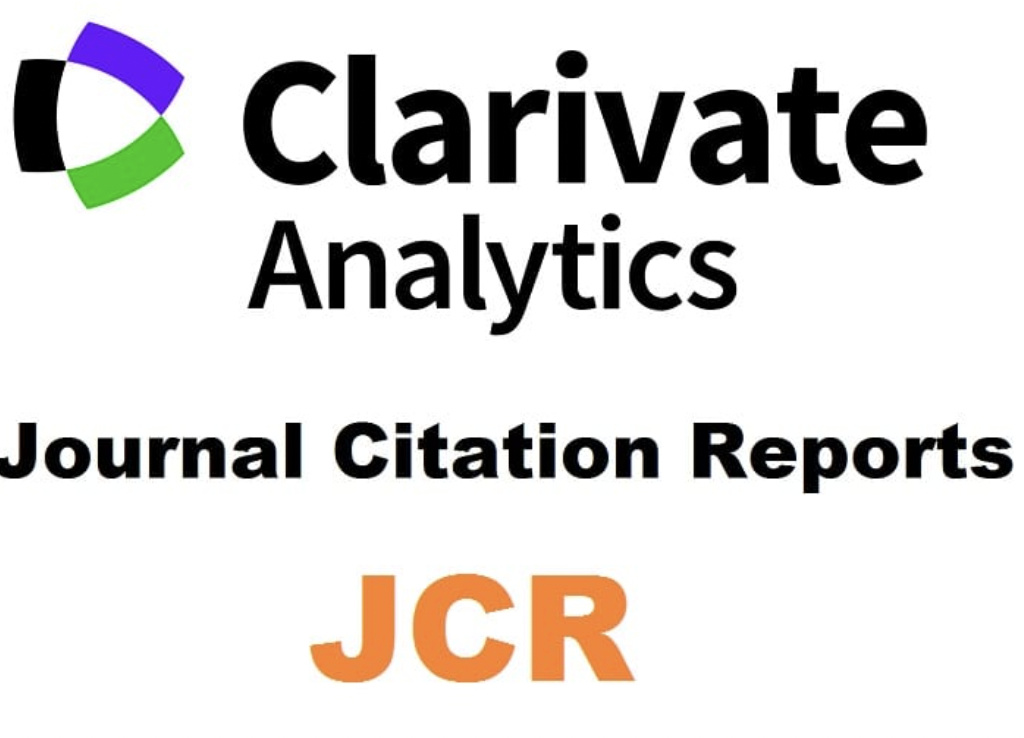“Across the Shadowy Landscape of Memory”:
A Relational Reading of Liminal Traumas in Anita Rau Badami’s Can You Hear the Nightbird Call?
Abstract
Liminal trauma narratives provide access to the formal representation and the affective dimension of trauma. Anita Rau Badami’s multigenerational and transnational novel Can You Hear the Nightbird Call? (2006) is a case in point, in which in-betweenness is not merely a source of affliction but may develop into a stepping stone to a belated understanding of past tragedies in twentieth-century India and Canada. Through a relational and dialogical approach encompassing Indra’s net, postmemory, rhizomatic theory, and multidirectional memory, liminality is addressed in the family and historical spheres, tracing vertical and horizontal connections between characters and episodes, which, it is argued, challenge event-based models of trauma studies, stress the importance of emotional alliances, and promote the establishment of communities of memory. Ultimately, chronologies and hierarchies are discarded in favour of network arrangements as the most suitable way to deal with interconnected traumas.
Downloads
-
Abstract384
-
PDF188
References
Ahmed, S. (2004). Affective Economies. Social Text, 22(2), 117–139. https://doi.org/10.1215/01642472-22-2_79-117
Ahmed, S. (2010). The Promise of Happiness. Durham: Duke University Press.
Anselmi, W., & Wilson, S. (2009). Terrorism Then and Now, Here and There: Canada, the Final Frontier. In M. Carrière & J. White (Eds.), Transplanting Canada: Seedlings / Transplanter le Canada: Semailles (pp. 79–88). Edmonton: Canadian Literature Centre.
Badami, A. R. (2007). Can You Hear the Nightbird Call? Toronto: Vintage Canada. (Original work published 2006)
Behrendt, K. (2013). Hirsch, Sebald, and the Uses and Limits of Postmemory. In R. J. A. Kilbourn & E. Ty (Eds.), The Memory Effect: The Remediation of Memory in Literature and Film (pp. 51–67). Waterloo: Wilfrid Laurier University Press.
Bhat, S. D. (2018). Sikh Diasporic Negotiations: Indian and Canadian History in Can You Hear the Nightbird Call? Sikh Formations, 14(1), 55–70. https://doi.org/10.1080/17448727.2018.1438881
Bhatia, N. (2015). Revisiting the Theatre of the Komagata Maru Incident. Studies in Canadian Literature / Études en littérature canadienne, 40(1), 27–44. https://journals.lib.unb.ca/index.php/SCL/article/view/24279
Booth, W. J. (2006). Communities of Memory: On Witness, Identity, and Justice. Ithaca: Cornell University Press.
Butalia, U. (2000). The Other Side of Silence: Voices from the Partition of India. Durham: Duke University Press. (Original work published 1998)
Caruth, C. (1996). Unclaimed Experience: Trauma, Narrative, and History. Baltimore: Johns Hopkins University Press.
Chakraborty, C. (2016). Unauthorized Pasts and Communities of Memory: Anita Rau Badami’s Can You Hear the Nightbird Call? and Renée Sarojini Saklikar’s children of air india. Dialog, 29, 11–27.
Craps, S. (2013). Postcolonial Witnessing: Trauma Out of Bounds. London: Palgrave Macmillan.
Damböck, E. (2009). Canada’s New Global Past: Writing India’s Past into Canadian History. In K. Battarbee & M. Buchart (Eds.), Dynamics of Canada: Studying Canada’s Past and Current Realities (pp. 165–186). Brno: European Network for Canadian Studies.
Dean, A. (2012). The Importance of Remembering in Relation: Juxtaposing the Air India and Komagata Maru Disasters. TOPIA: Canadian Journal of Cultural Studies, 27, 197–214. https://doi.org/10.3138/topia.27.197
Deleuze, G., & Guattari, F. (1987). A Thousand Plateaus: Capitalism and Schizophrenia (B. Massumi, Trans.). Minneapolis: University of Minnesota Press. (Original work published 1980)
Felman, S., & Laub, D. (1992). Testimony: Crises of Witnessing in Literature, Psychoanalysis, and History. New York: Routledge.
Gunew, S. (2009). Resident Aliens: Diasporic Women’s Writing. Contemporary Women’s Writing, 3(1), 28–46. https://doi.org/10.1093/cww/vpp005
Hirsch, M. (2012). The Generation of Postmemory: Writing and Visual Culture after the Holocaust. New York: Columbia University Press.
Johnston, H. (2021). Komagata Maru. In The Canadian Encyclopedia (online). Retrieved from https://www.thecanadianencyclopedia.ca/en/article/komagata-maru
Kumari, P. (2022). Communal Violence, Trauma and Dislocation: Females of Badami’s Can You Hear the Nightbird Call? Journal of Teaching and Research in English Literature, 13(1), 25–34. https://journals.eltai.in/index.php/jtrel/article/view/JTREL130106
Luckhurst, R. (2008). The Trauma Question. New York: Routledge.
Margalit, A. (2002). The Ethics of Memory. Cambridge, MA: Harvard University Press.
Mookerjea-Leonard, D. (2004). Quarantined: Women and the Partition. Comparative Studies of South Asia, Africa and the Middle East, 24(1), 33–46. https://doi.org/10.1215/1089201X-24-1-35
O’Donoghue, S. (2018, June 26). Postmemory as Trauma? Some Theoretical Problems and Their Consequences for Contemporary Literary Criticism. Politika. https://www.politika.io/en/notice/postmemory-as-trauma-some-theoretical-problems-and-their-consequences-for-contemporary
Onega, S., & Ganteau J.-M. (Eds.). (2014). Contemporary Trauma Narratives: Liminality and the Ethics of Form. New York: Routledge.
Randall, J. (2014). Jostling with Borders: Anita Rau Badami’s Can You Hear the Nightbird Call? Commonwealth Essays and Studies, 36(2), 33–40. https://doi.org/10.4000/ces.5182
Root, M. P. P. (1992). Reconstructing the Impact of Trauma on Personality. In L. S. Brown & M. Ballou (Eds.), Personality and Psychopathology: Feminist Reappraisals (pp. 229–265). New York: Guilford Press.
Rothberg, M. (2009). Multidirectional Memory: Remembering the Holocaust in the Age of Decolonization. Stanford: Stanford University Press.
Rothberg, M. (2010). Introduction: Between Memory and Memory; From Lieux de mémoire to Noeuds de mémoire. Yale French Studies, 118/119, 3–12. https://www.jstor.org/stable/41337077
Rothberg, M. (2014). Multidirectional Memory. Témoigner : Entre histoire et mémoire / Getuigen: Tussen Geschiedenis en Herinnering / Testimony: Between History and Memory, 119, 176. https://doi.org/10.4000/temoigner.1494
Rothberg, M. (2019). The Implicated Subject: Beyond Victims and Perpetrators. Stanford: Stanford University Press.
Ryan, L. (2008). Constructing “Home”: Eros, Thanatos, and Migration in the Novels of Anita Rau Badami. South Asian Review, 29(1), 156–174. https://doi.org/10.1080/02759527.2008.11932583
Shohat, E. (2006). Taboo Memories, Diasporic Voices. Durham: Duke University Press.
Sur, S. (2015). Communal Violence and Women at Home and in the Diaspora in Anita Rau Badami’s Can You Hear the Nightbird Call? In S. R. Mehta (Ed.), Exploring Gender in the Literature of the Indian Diaspora (pp. 35–51). Newcastle upon Tyne: Cambridge Scholars Publishing.
Szakolczai, A. (2017). Permanent Liminality and Modernity: Analysing the Sacrificial Carnival through Novels. New York: Routledge.
Trudeau, J. (2016, May 18). Komagata Maru Apology in the House of Commons. Prime Minister of Canada, Government of Canada. https://www.pm.gc.ca/en/news/speeches/2016/05/18/komagata-maru-apology-house-commons
Vancouver City Council. (2023). Komagata Maru Day of Remembrance. Office of the Mayor, City of Vancouver, British Columbia. https://vancouver.ca/files/cov/komagata-maru-remembrance-day-proclamation.pdf
Visser, I. (2011). Trauma Theory and Postcolonial Literary Studies. Journal of Postcolonial Writing, 47(3), 270–282. https://doi.org/10.1080/17449855.2011.569378
Visser, I. (2014). Trauma and Power in Postcolonial Literary Studies. In M. Balaev (Ed.), Contemporary Approaches in Literary Trauma Theory (pp. 106–129). New York: Palgrave Macmillan. https://doi.org/10.1057/9781137365941_5

This work is licensed under a Creative Commons Attribution-NonCommercial-ShareAlike 4.0 International License.
The works published in this journal are subject to the following terms:
1. The Publications Services at the University of Murcia (the publisher) retains the property rights (copyright) of published works, and encourages and enables the reuse of the same under the license specified in item 2.
2. The works are published in the electronic edition of the magazine under a Creative Commons Attribution Non-commercial Share Alike 4.0.
3.Conditions of self-archiving. Authors are encouraged to disseminate pre-print (draft papers prior to being assessed) and/or post-print versions (those reviewed and accepted for publication) of their papers before publication, because it encourages distribution earlier and thus leads to a possible increase in citations and circulation among the academic community.
RoMEO color: green







